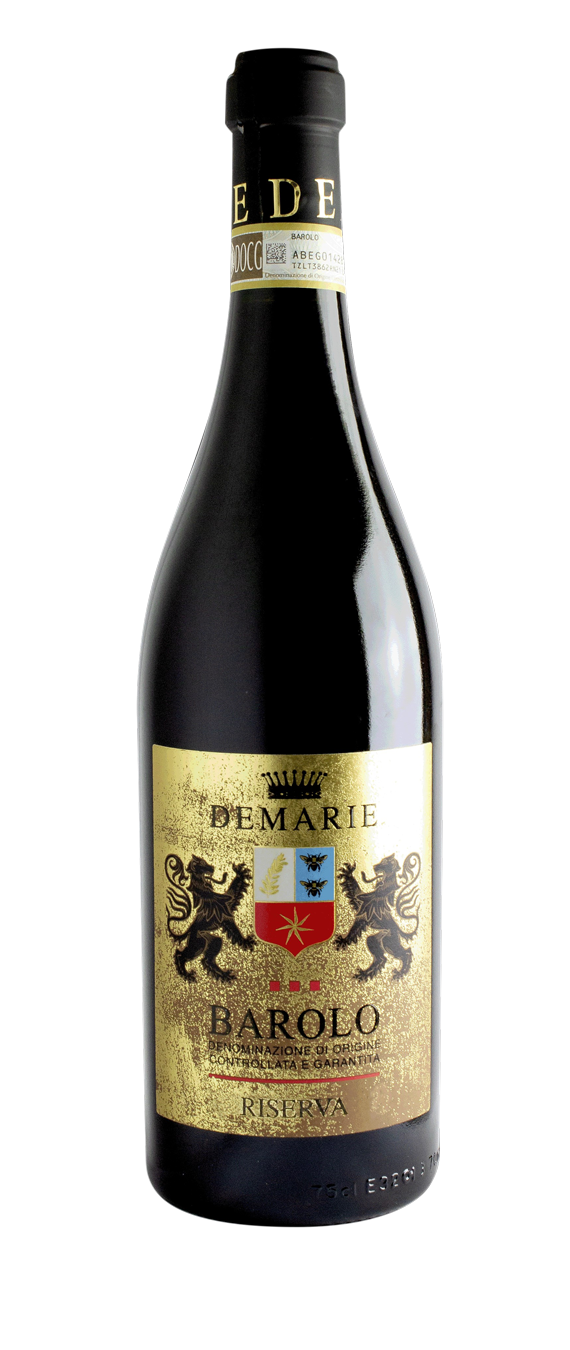Luigi Bianco Vino Frizzante Bianco
Curiosities
Our winery carries on the classic and traditional winemaking of the territory, while at the same time experimenting and pushing the envelope. This exciting new wine showcases their passion to grow and evolve.
Luigi is a “fun” wine, naturally sparkling, authentic and energetic.
To appreciate it at its best, we recommend shaking the bottle lightly before opening to bring the light sediment present on the bottom back into suspension.

Tasting Notes
Vine: white grapes of the territory.
Serving temperature: 8-10 °C – 47-50 °F.
Serving suggestions: A fun and versatile food wine. The bubbles make it perfect for fatty foods and salty foods like potato chips. It is suitable for many courses: light dishes, Asian cuisine, burgers and “fish and chips”.
Best drunk: up to two years after the vintage year.
Features
Luigi Bianco Vino Frizzante Bianco
Chemical Analysis
Alcohol vol. (%): 13 %
Contains sulphites
Product in Italy
















